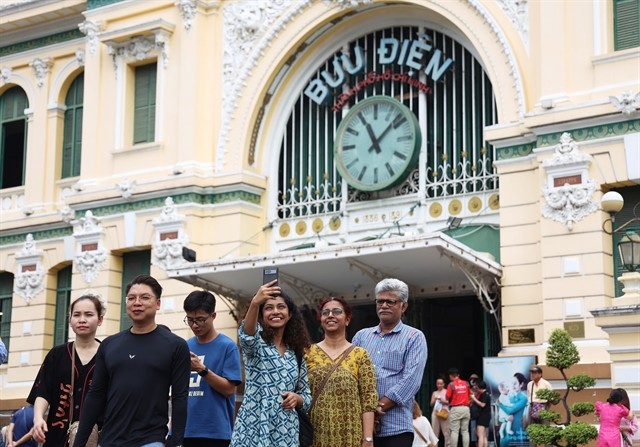Hanoi’s Craft Villages To Make Entry Into Global Creative Network
| Armenian Ambassador Learns about Vietnamese Ceramics Craftsmanship | |
| Int'l Tourists Weave Baskets, Mats at Kim Bong Village Festival |
The recognition, granted in late 2024, marks a significant milestone as these villages become Vietnam's first traditional craft communities to join the prestigious global network. They represent the 67th and 68th craft villages recognized worldwide, establishing Vietnam as the 28th country to receive this acknowledgment.
This achievement reinforces Hanoi’s position on the world cultural map while opening new opportunities for the villages to enhance their competitive edge, preserve traditional values, expand market reach, bolster international cultural exchange, and foster sustainable development.
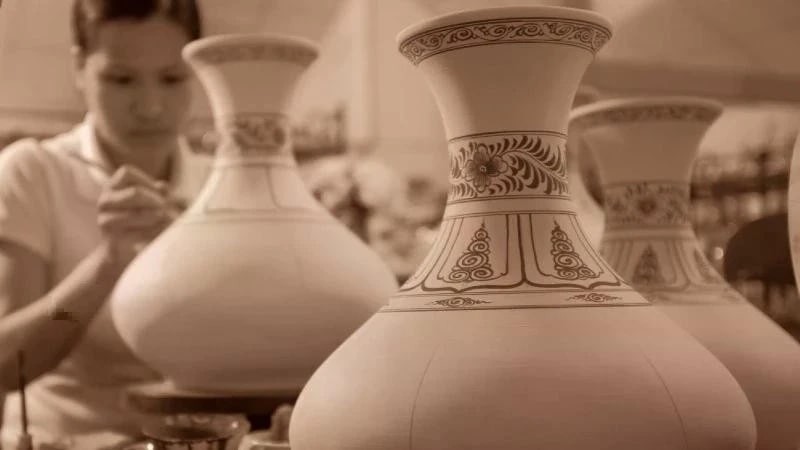 |
| Bat Trang ceramic products not only serve people in their daily life, but also have high aesthetic value thanks to the amazing craftsmanship and artisans' creativity. (Photo: nhandan.vn) |
On the occasion, Hanoi will arrange an extensive cultural showcase, featuring dedicated spaces for Van Phuc silk and Bat Trang ceramics, alongside international artisans' works. Visitors can explore traditional tea culture, local cuisine, and OCOP (One Commune One Product) items. Besides, live demonstrations by both local and international craftsmen will highlight the intricate artistry and help promote cultural exchange.
Van Phuc Silk Village is one of the most famous craft villages in Vietnam. The oldest national silk village, with a thousand-year-old history, still retains the weaving tradition and preserves significant cultural and historical values.
During the feudal time, Van Phuc silk was chosen to make national costumes for the Nguyen Dynasty kings (1802-1945). In 1931, for the first time, Van Phuc silk was introduced internationally at the Marseille fair and the French considered it one of the most sophisticated and beautiful silk lines of Indochina. By 1958, the silk was exported to Eastern European countries and today it is still a favoured product for many domestic and foreign consumers. The silk has been famous for its durability, beauty, and softness. That special and unique feature is thanks to the skilled hands and experience of the local people.
Meanwhile, when talking about traditional craft villages in Hanoi, people often think of Bat Trang ceramic craft village, about 10km southeast of the city center, in Bat Trang commune. Through many ups and downs of history, the village still retains its tradition of making ceramic and pottery from the soil. Bat Trang ceramic products not only serve people in their daily life, but also have high aesthetic value thanks to the amazing craftsmanship and artisans' creativity.
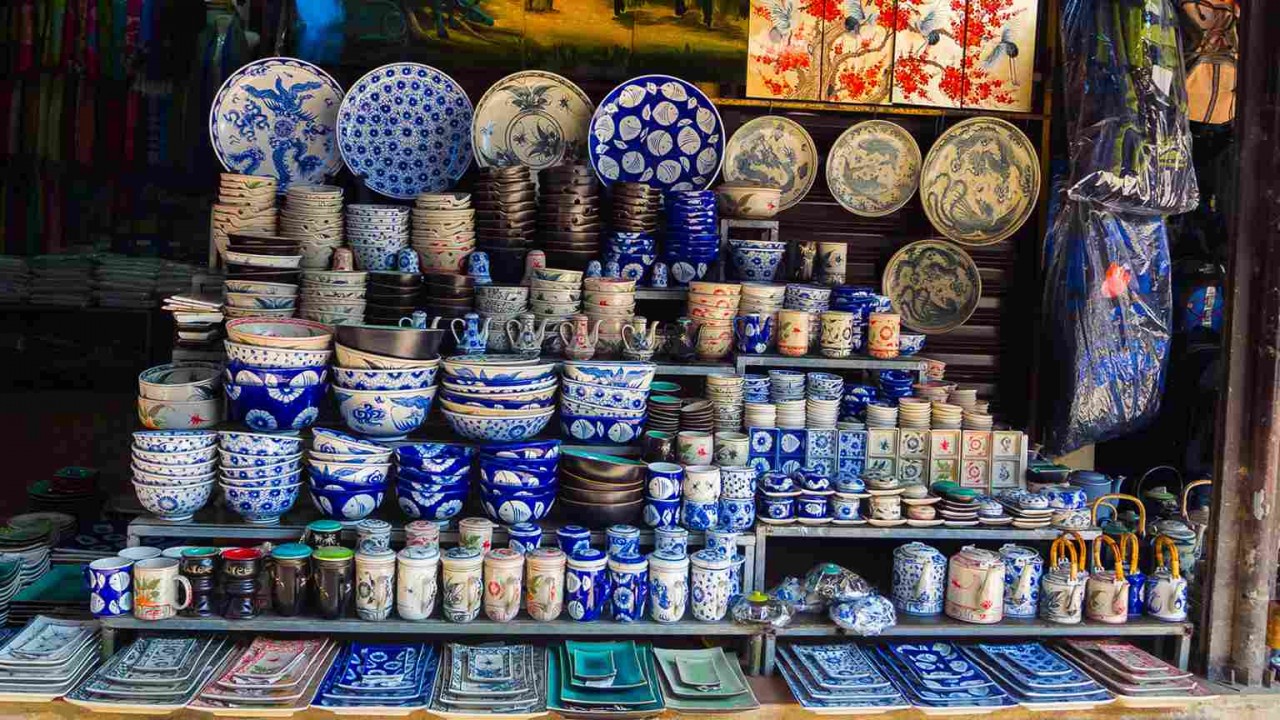 |
| Meanwhile, when talking about traditional craft villages in Hanoi, people often think of Bat Trang ceramic craft village, about 10km southeast of the city center, in Bat Trang commune. Photo: Discover Your Vietnam |
Bat Trang Pottery Village is a reputable handicraft village in Northern Vietnam. It is one of the best attractions for a tour in Hanoi. The outskirts of Hanoi, Vietnam, is home to many villages with centuries of tradition in making handicraft items, and Bat Trang Pottery Village is one of the most outstanding names. Bat Trang is considered the oldest ceramic-making village in Vietnam. How old is Bat Trang Pottery Village? Although records of Bat Trang Ceramic Village in Hanoi history state that it was established during the 14th or 15th century, the village is believed to have appeared even earlier.
When Emperor Ly Thai To (the first emperor of the Ly Dynasty) decided to move the capital to Dai La (Hanoi nowadays), several craftsmen followed him to settle and set up their businesses in the new capital. Five big pottery-making families chose Bat Trang as this location was close to the Red River, so they could have easy access to water transportation. This area also had a large amount of white clay, also.
Bat Trang Pottery Village has gone through several ups and downs of history. Still, the villagers preserve their ancestors’ traditions well. Nowadays, Bat Trang is a top brand in Vietnam and Asia when it comes to ceramic products. Bat Trang ceramics are among the most renowned representatives of Vietnamese fine arts.
Van Phuc Silk Village, an ancient village with banyan trees, wells, communal courtyards, and so on, retains the beauty of a thousand-year-old traditional craft village. It is gradually becoming an appealing tourist destination not to be missed in Hanoi.
Also known as Ha Dong Silk Village, Van Phuc Silk Village is located in Van Phuc Ward, Ha Dong District, Hanoi, on the bank of the gentle Nhue River, more than 10 kilometers away from the city center. To reach the village, you can travel by motorbike with an easy-to-follow route: Nguyen Trai - Le Van Luong - To Huu. It is free to enter the village, you will only need to pay the parking fee.
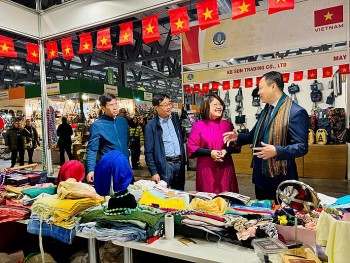 | Vietnam's Handicrafts Impress European Markets From Nov 30 to Dec 8, at the Milan Exhibition Center (Italy), the 28th Artigiano International Handicraft Fair took place with the participation of nearly ... |
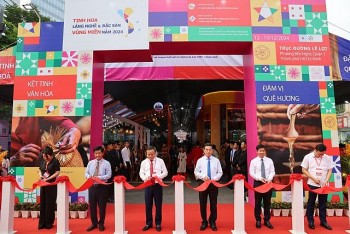 | Traditional Craft Village Treasures and Regional Delicacies Shine at HCM City Expo The program is an annual initiative aimed at strengthening cooperation between HCM City and other cities and provinces across the country. |
Recommended
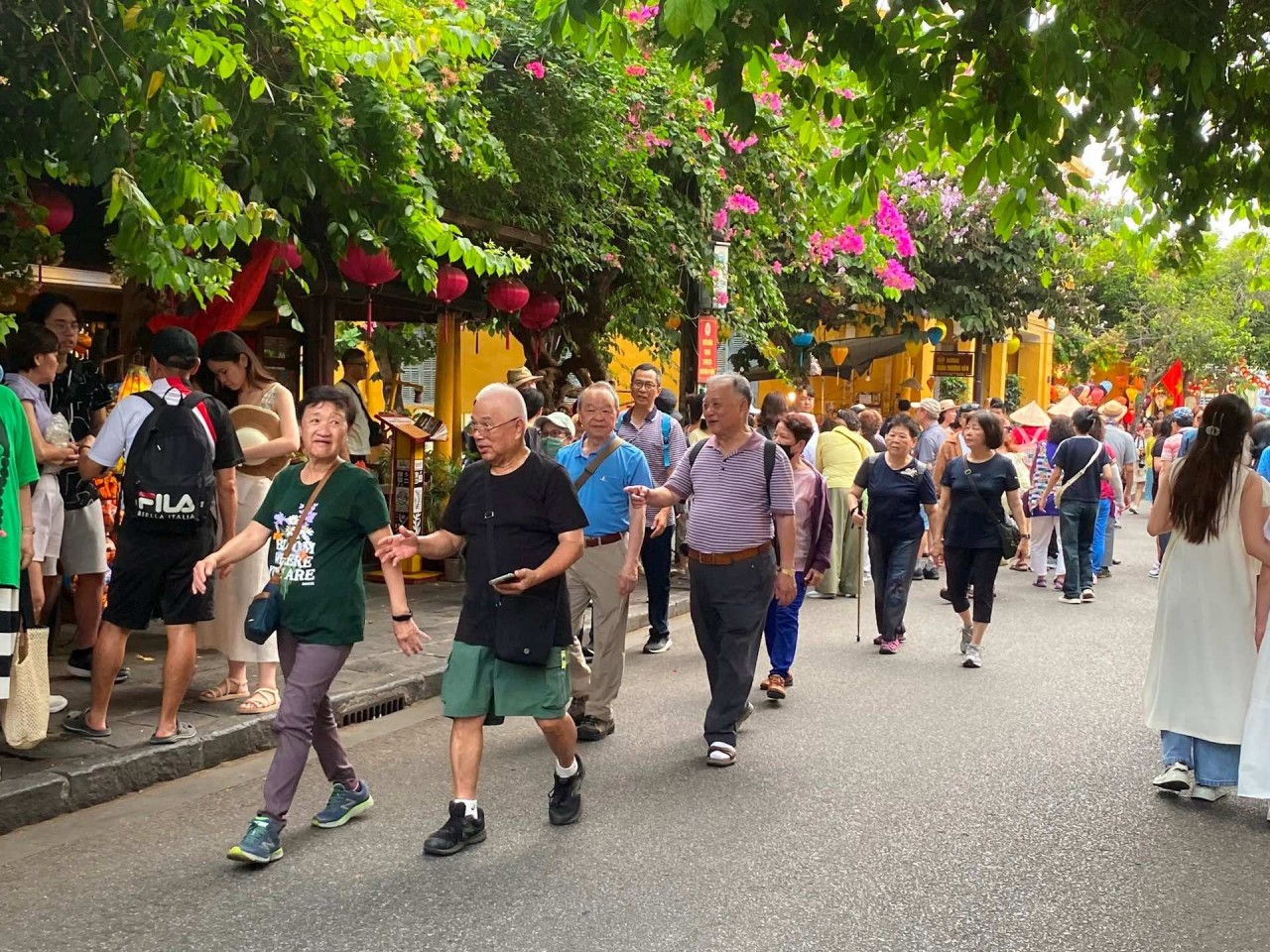 Travel
Travel
Strategies for Sustainable Growth of Vietnam’s Tourism from International Markets
 Travel
Travel
Vietnam Strengthens Its Presence On The Global Tourism Map
 Multimedia
Multimedia
Phong Nha-Ke Bang National Park Named Top Adventure Travel Site
 Travel
Travel
Phong Nha Named Top Budget-Friendly Travel Destination for Spring 2025: Agoda
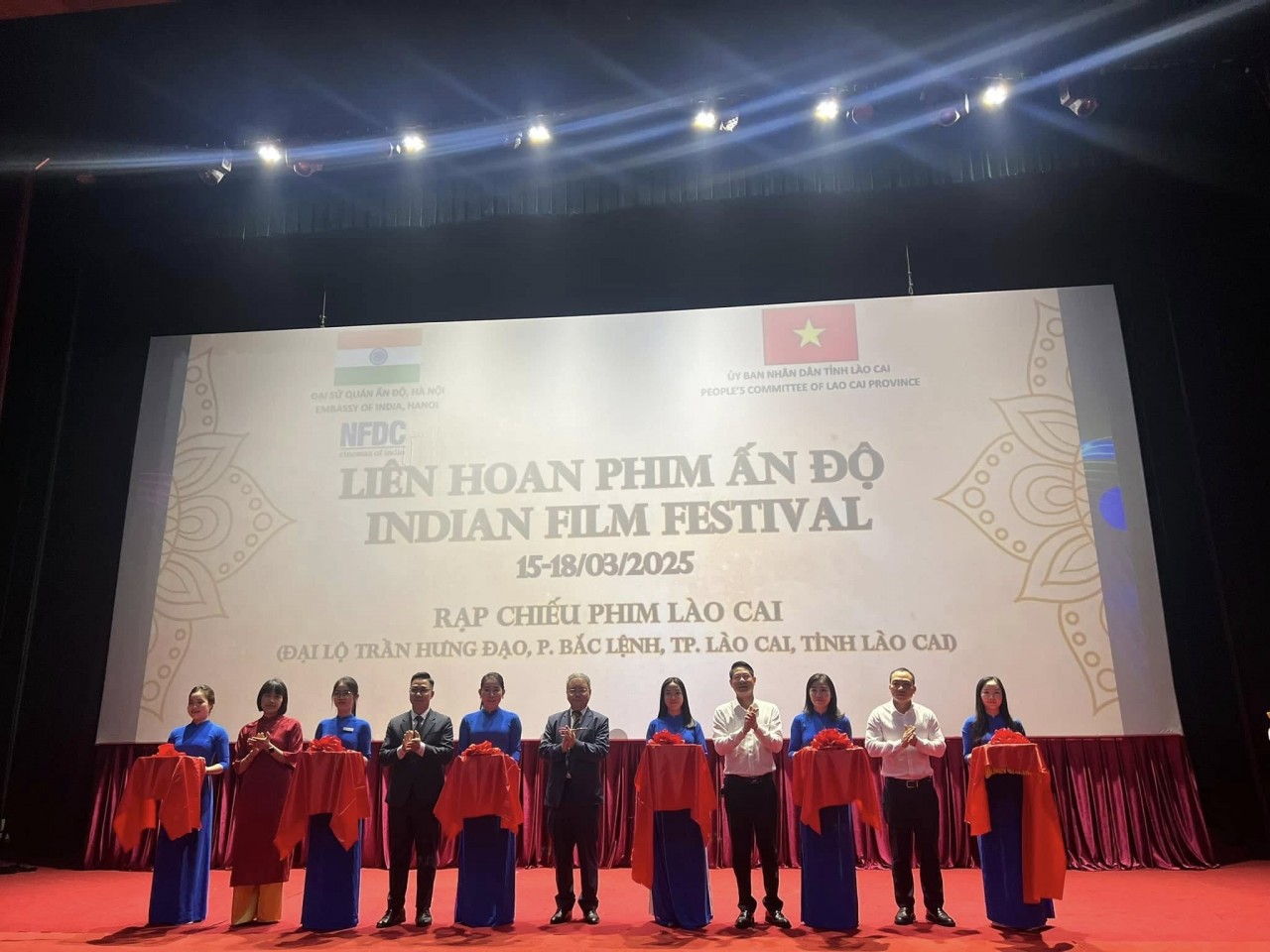 Travel
Travel
Four Indian Films Introduced to Lao Cai Audience
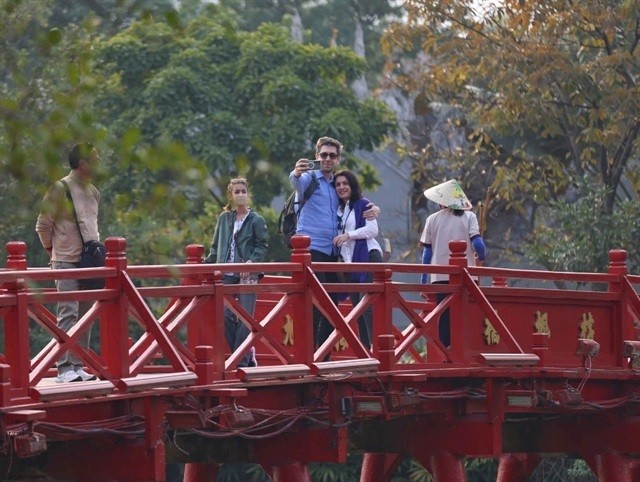 Travel
Travel
Vietnam to Waive Visas for Citizens from 12 Countries until 2028
 Travel
Travel
Ninh Binh Full-day Tour among World’s Top Experiences: TripAdvisor
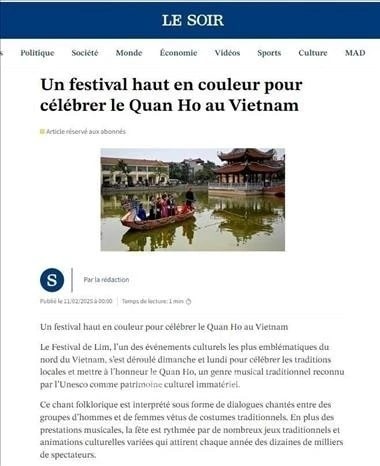 Travel
Travel

